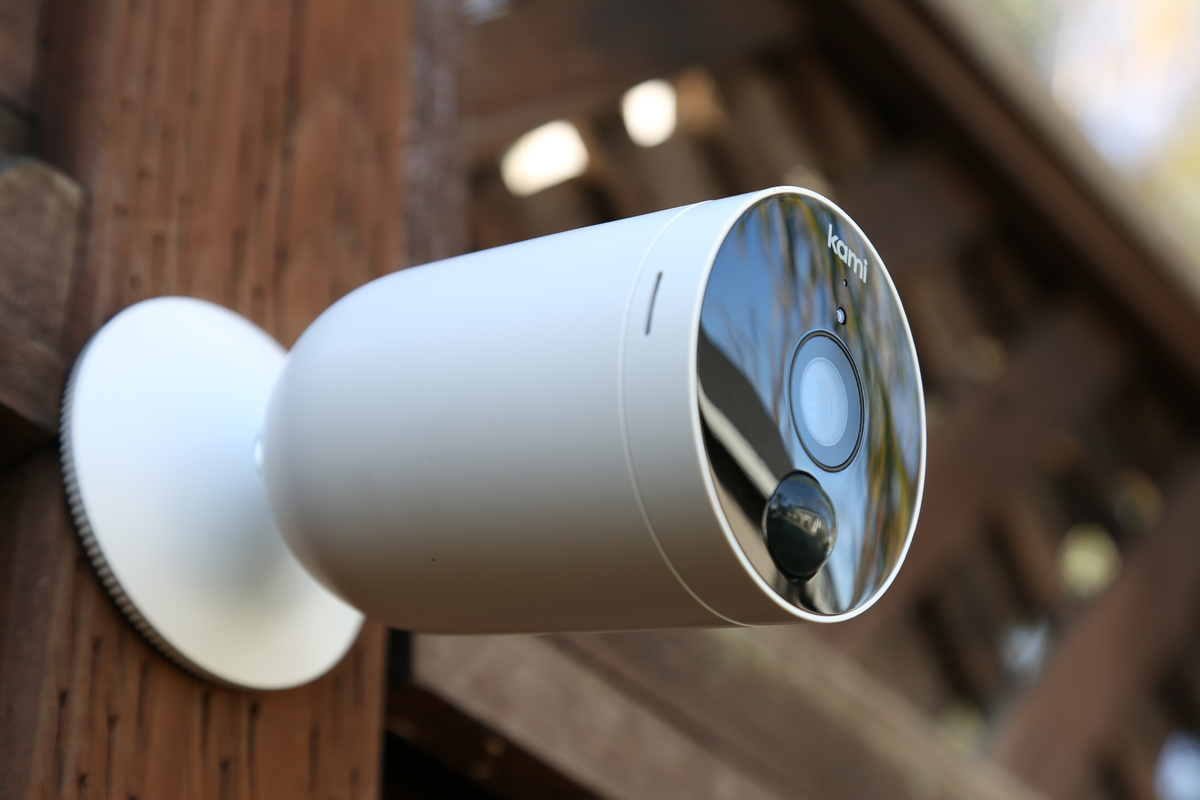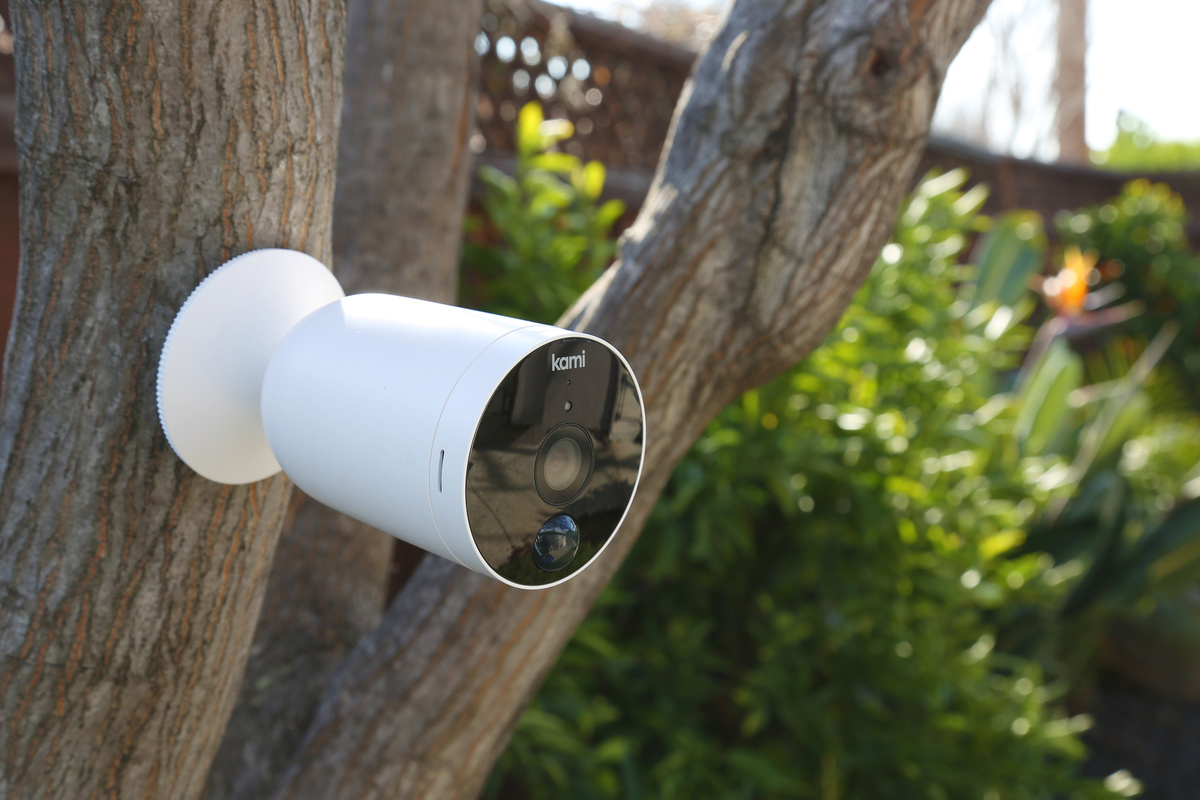We’ve had a checkered experience with YI Technology’s Kami brand security products here at TechHive, ranging from patently awful to mediocre to surprisingly polished. I wasn’t sure, then, what to expect from the company’s latest offering, but its unimaginative name—Kami Outdoor Battery Camera—didn’t have me anticipating greatness. So, I was pleasantly surprised to find it well designed and capable of delivering completely on its promise of simple, solid security.
Design
The bullet-style camera has a 140-degree field of view and captures full HD video (1080p). It includes PIR (passive infrared) motion detection—meaning it responds to infrared heat, so it will only detect activity by humans and animals while ignoring cars and other moving objects—as well as night vision, and two-way talk. It has an IP65 weatherproof rating, so it’s protected from dust ingress and jets of water (this story goes into some depth on IP ratings, if you want to know more about the standards).
This review is part of TechHive’s coverage of the best home security cameras, where you’ll find reviews of competing products, plus a buyer’s guide to the features you should consider when shopping.
Motion-detected video clips can be stored locally to a microSD card, or in the cloud with a Kami Cloud subscription. The base plan provides a seven-day video history and is offered as a three-month subscription for $15, or annually for $50. A 15-day plan costs $7 per month or $70 a year, and a 30-day plan runs $12 a month or $110 a year. Premium plans that enable continuous video recording are also available as in-app purchases.
 Kami
KamiThe Kami Outdoo is powered by four rechargeable batteries that can last up to six months per charge.
Setup and performance
The camera is powered by four rechargeable batteries that are slightly larger than AA size. To install them, you must unscrew the front-facing part of the camera while holding the camera casing. When the two parts separate, they reveal four battery slots around the circumference of the camera body. When I popped my batteries in, the camera’s voice prompt let me know they were running low, so I removed them and inserted them in the supplied battery charger. This apparatus plugs into a wall with a USB cable and AC adapter. Once they were topped off, I put them back in the camera.
When the camera is powered on, you’ll add it to the Kami Home app. The app guides you through the Wi-Fi setup, which requires little more than entering your network login credentials and scanning a QR code in the app. I had the camera connected in a couple of minutes.
I used the supplied screws and hardware to mount the camera on a wooden fence to monitor my driveway. The camera can be removed from the mount—when you need to recharge the batteries, for example—by rotating the camera counterclockwise. Yi says the battery should last six months per full charge, which is a couple of months longer than promised…
https://www.techhive.com/article/3527876/kami-outdoor-battery-camera-review.html#tk.rss_all















